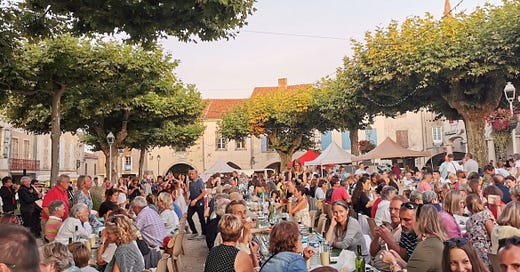Eating our way across Gascony: 6 culinary adventures
Gascony has rightfully developed a strong reputation for rich, traditional southwestern food enjoyed with hearty wines and strong spirits at a slow pace. These and other traits are why this rural stretch of land has become one of our favorite corners in France.
But it's also easy to stereotype a region like this one and miss the broader pleasures it offe…
Keep reading with a 7-day free trial
Subscribe to French Crossroads to keep reading this post and get 7 days of free access to the full post archives.




